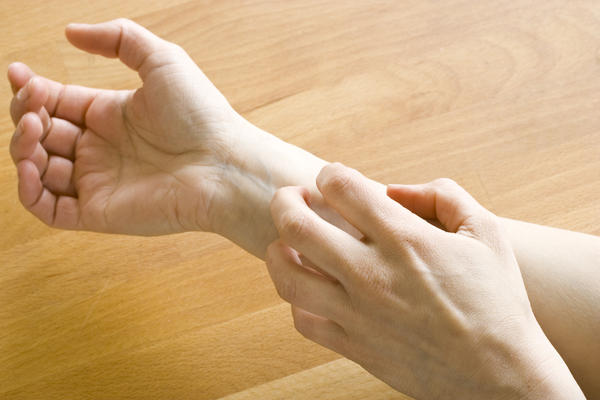I’ll recap some of the facts and statistics from the article that I most appreciated:
- The age of onset of pelvic floor dysfunction is 56 years old for the average American female
- 10% of women who experience pelvic floor dysfunction eventually undergo surgical intervention
- Pelvic floor muscles tear in approximately 10-15% of vaginal deliveries, thereby interfering with their ability to support the pelvic floor organs
- As with many medical related matters, genetics plays a significant role in the development of prolapse, and the condition tends to run in families
- Approximately 200,000 of the 320,000 annual pelvic floor corrective surgeries are prolapse related
- Invest stock in Depends rather than Always, because more pads are sold for incontinence than for menstruation in the USA. (Even better- tell others about the benefits of pelvic floor physical therapy. No offense to incontinence products, but I look forward to the day when the success of my field will make them obsolete.)
- In France, postpartum women are routinely referred for ten sessions of physical therapy after vaginal deliveries
While clearly there were many excellent points raised in the article, I will express my disappointment over one issue. In my humble opinion, pelvic floor physical therapy was only briefly touched upon as an effective intervention. Further elaboration about what to expect during the process and what physical therapists actually teach would have been helpful. There was too much emphasis on pessaries and surgery, and not enough discussion about Kegels, biofeedback, and endurance training. Therefore, I will take the liberty to do so right now. (That comes with the poetic license of writing a blogJ).
Pelvic floor muscle contractions are colloquially referred to as Kegels, and these are the subtle yet powerful exercises that pelvic floor physical therapists teach to appropriate patients who are undergoing a strengthening, or uptraining, program. Biofeedback is a tool utilized by some therapists to help patients create a mind-body connection. Oftentimes, women arrive at physical therapy without prior knowledge of the very existence of their pelvic floor muscles. It is therefore understandable that these women do not know how to properly contract these obscure and small muscles. Biofeedback provides visual cuing to patients, which makes it an especially helpful device when teaching visual learners. A patient is able to see on a computer screen or handheld biofeedback device the amount of electricity being generated by the muscles, represented by a bar or line, at rest, during contractions, and after contractions. Furthermore, the treating therapist can challenge the patient to squeeze the pelvic floor muscles and to hold the contraction for as long as they can. This allows the therapist to assess the patient’s muscle endurance, and it helps them set appropriate endurance goals. Often times, patients experience an “Aha moment” while using the biofeedback (“Oh! That’s what it looks like when I’m contracting the muscles properly? Ok cool, I get it now”), and there is nothing more rewarding for a teacher than watching the integration and understanding of knowledge unfold before their very eyes.
According to Bahrampour, “Pelvic floor physical therapy can help reduce the tension on the ligaments by strengthening the surrounding area, but the service can be hard to find.” If you are reading this blog, then you are one step ahead of the game, for you have already found a clinician who can help you or your loved ones. If you are geographically too far to benefit directly from the amazing services offered at Revitalize Physical Therapy, then it would be our pleasure to help direct you to someone closer who can help. Please contact us with any questions you may have- it is our pleasure to assist you along your healing journey.



